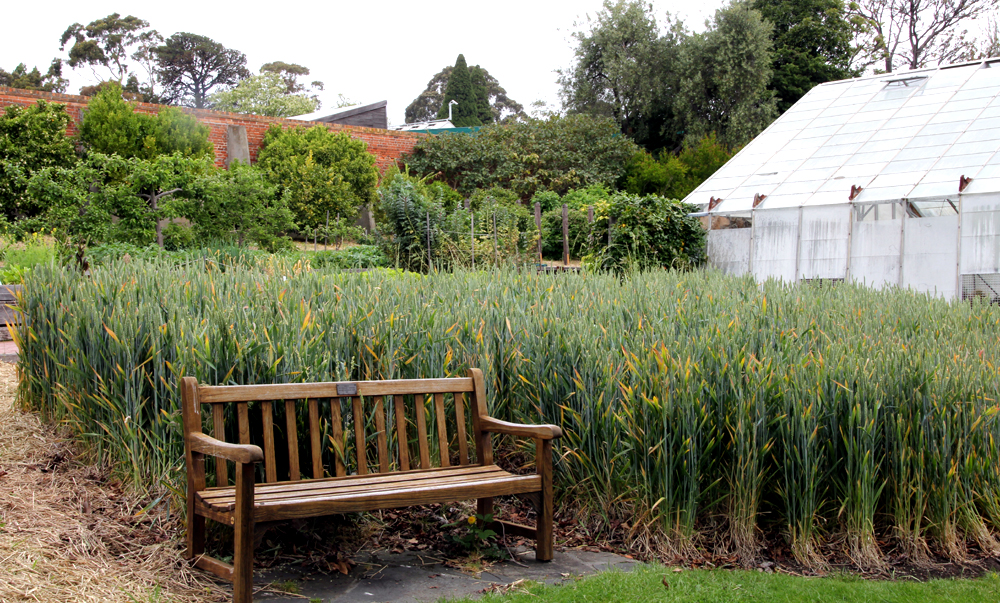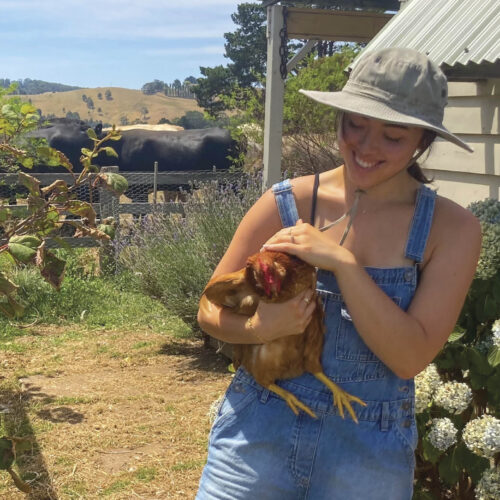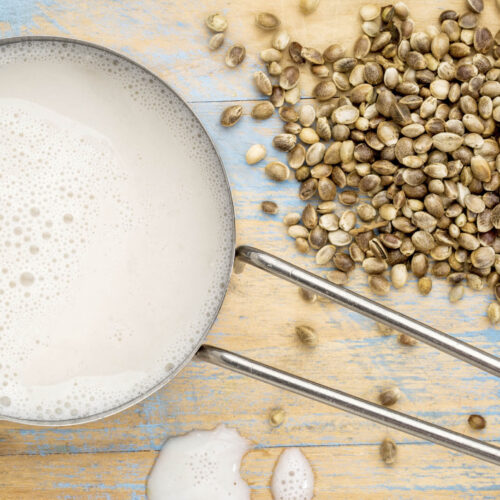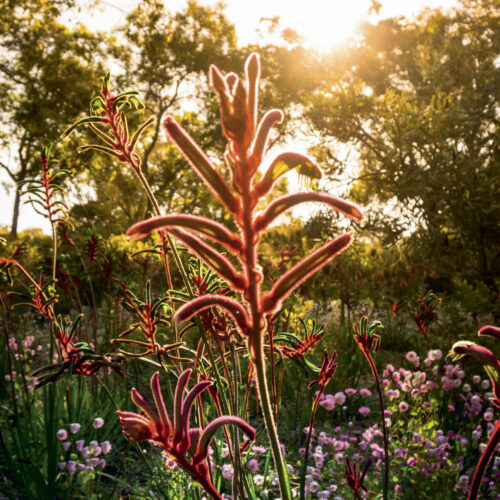Home Grown Wheat
2012-11-23T01:14:43+11:00
A mini-plot of wheat at Pete’s Patch in Hobart's Royal Tasmanian Botanical Gardens has JUSTIN RUSSELL inspired to try home grain growing at his place.
One of the highlights of my visit to Pete’s Patch in Hobart’s Royal Tasmanian Botanical Gardens was, wait for it, a tiny field of wheat. Nothing overly exciting about the crop, but the fact that it was planted in what was essentially is a domestic scale garden, was really interesting. And no, it wasn’t a green manure that missed being dug into the soil. This was a deliberate planting, in a space measuring about 10 metres by three.
In one sense the wheat crop is symbolic. Among the various aims of Pete’s Patch is education, and the mini-field of wheat is designed to make it really clear to visitors that food doesn’t miraculously appear on supermarket shelves – it comes from plants. For some people, a 30sqm patch of wheat will be the first cereal crop they’ve actually seen in their lives. But there’s a also a practical use for the wheat. I’m not sure what the specific plans are, but I’m guessing the crop will be harvested and ground into flour, perhaps for use in the RTBG restaurant where some of the other vegies from the patch end up.
This has got me making plans for some small scale grain growing at my place. I took up sourdough making a couple of years ago, and since then have made at least two loaves per week. At the moment I buy my flour in five kilo bags, and a loaf costs me about a dollar (but with way more value than those ridiculous dollar loaves from the supermarket). But how satisfying would it be make a loaf from flour that I ground from wheat that grew in my front yard.
Hardly revolutionary, I know, but I’m up for the experiment and have earmarked a 200sqm plot and will set about making it happen. Estimates varying wildly as to how much land is needed to produce, for example, a loaf of bread per week for a year, but research suggests an equation of two square metres of ground to provide enough flour for a large loaf. In other words I’ll conservatively aim to get about 50 large loaves from a 200sqm patch. Anything beyond this will be a bonus, and anything less, I’ll blame on the weather!
It’s probably not the most economical use of the land, but I’m keen to give it a try. I’ll use a hard wheat variety if I can source one (which is higher in protein and gives a better rise to bread), and I might even mix things up a bit by including some spelt, the ancient grain that’s a bit more nutritious than bread wheat and apparently, a tad easier to grow. Not that wheat has a reputation for being difficult. In fact the opposite appears to be true – it will grow happily in a broad area from central Queensland to southern Tassie, and in all but the dodgiest soil. Professional grain growers will probably think I’m nuts, but even if my little experiment turns out to be an utter folly, I’m planning to sow in autumn, once my pumpkins are harvested, and harvest in summer. Wish me luck!






